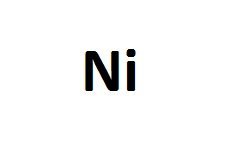Additional information
| Cas number | 7782-40-3 |
|---|---|
| Empirical formula | C |
| Average particle size | ~100 nm |
| Purity | >99% |
| Appearance | Black Powder |
| Morphology | Nearly spherical |
| Bulk density | 1.2-2.8 g/cm3 |
| Packing size | 1 gm |
traditional polishing and grinding
| Cas number | 7782-40-3 |
|---|---|
| Empirical formula | C |
| Average particle size | ~100 nm |
| Purity | >99% |
| Appearance | Black Powder |
| Morphology | Nearly spherical |
| Bulk density | 1.2-2.8 g/cm3 |
| Packing size | 1 gm |
No application data available.

Neutron capture therapy of cancer cells, hydrogen generation from water, and high temperature devices

Germanium powder and nanowires have shown exceptional promise as nanomaterials for lithium-ion batteries, taking full advantage of the inherent high surface area of the material. medical effects from germanium including anti-inflammatory properties, circulatory improvements, and an impact on the immune system. medical imaging and related endeavors.

“The key applications of nickel nanoparticles are listed below:
Anode of solid oxide fuel cells or conductive electrolytic layer of proton exchange membrane fuel cells
Automotive catalytic converters
Coatings, plastics, nanowires, nanofibers and textiles
Magnetic fluid and catalyst
Propellant and sintering additive.”

Use as conductors from printable inks to electronic chips.1 As the world of electronics become smaller, Nanoparticless are important components in chip design. Nanoscale gold Nanoparticless are being used to connect resistors, conductors, and other elements of an electronic chip. Photodynamic Therapy , Therapeutic Agent Delivery, Sensors, Probes and Catalysis.
